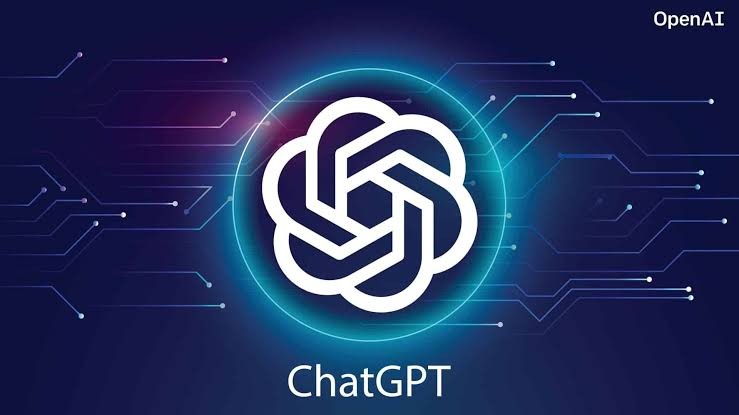
With the world becoming increasingly digital, ownership of physical assets is being tokenized on ledgers and blockchains. This has lead to a growing need for data security. Consensus mechanisms are a crucial aspect of these technologies, as they ensure that all distributed nodes are synchronized and agree on the state of the network. They also verify that new information is valid and add it to the database in an immutable way.
Without a consensus mechanism, these networks would not be functional because it’s hard to collect everyone’s agreement to change the network. This is especially important in a decentralized system, such as a decentralized cryptocurrency. A blockchain that allows invalid transaction information to be added, such as a double spend or a false balance, could completely undermine the integrity of the database.
To avoid this, a consensus mechanism is needed to ensure that all validators on the network act in an honest manner and perform their roles according to the rules of the protocol. This is why most blockchains use some type of consensus mechanism, whether proof of work (PoW), proof of stake (PoS) or a hybrid.
Choosing the right consensus mechanism depends on the needs of the particular blockchain project. For example, if a blockchain has to process a large number of transactions per second, it must be designed with scalability in mind. For this reason, some blockchains have chosen to adopt DPoS, which provides higher throughput and lower latency than other consensus mechanisms. Other factors to consider include the security and privacy features of the consensus mechanism, as well as how easy it is to implement and maintain.
The different types of consensus mechanisms use different methods to validate data changes in the blockchain. Some of the most common ones are proof of work, proof of stake and delegated proof of stake. These all have different pros and cons, but they all help to protect the integrity of a blockchain.
For instance, proof of work is a powerful consensus mechanism that can be used to prevent 51% attacks in Bitcoin. It uses crypto mining to verify that blocks are valid and to reward those who participate in the validation process. However, this can be very resource-intensive and requires a lot of computing power to perform.
Another type of consensus mechanism is proof of importance (PoI). This is a more lightweight version of PoW that still rewards those who validate transactions. This can reduce the risk of centralization by preventing the top coin holders from wielding too much power in the blockchain. However, it can be vulnerable to Sybil attacks.
In the future, it is likely that consensus mechanisms will be even more varied. Researchers are constantly finding new ways to combine compelling aspects of different consensus mechanism to create new protocols that address the specific needs of blockchains. As such, it’s important to keep an eye out for any new developments in this area. If you’re interested in buying crypto and investing in these emerging technologies, check out Kraken’s cryptocurrency prices today.
Hi, I am an Author who believes in making the life of their readers interesting with his writing. Writing was always my first interest. Ever since I was a teenager, I was already into writing poems and stories. Today, I have gained a great experience in my work. Check out my work and share your views.
RELATED ARTICLES
Latest Articles
 Unlocking Success: Mastering Bank PO Interview PreparationIn EducationApril 24, 2024For banking careers, PO interviews stand as formidable […]
Unlocking Success: Mastering Bank PO Interview PreparationIn EducationApril 24, 2024For banking careers, PO interviews stand as formidable […] The Strategic Value of Purchasing FontsIn TipsApril 18, 2024In today’s visually driven world, fonts are more […]
The Strategic Value of Purchasing FontsIn TipsApril 18, 2024In today’s visually driven world, fonts are more […] Revolutionizing Business: How AI Transforms Customer Experience in the Inflatable IndustryIn BusinessApril 16, 2024Inflatable water slides are the epitome of summer fun, […]
Revolutionizing Business: How AI Transforms Customer Experience in the Inflatable IndustryIn BusinessApril 16, 2024Inflatable water slides are the epitome of summer fun, […] Most Asked Microservice Interview Questions For 2024In TechnologyApril 2, 2024To keep up with changing trends in the tech industry […]
Most Asked Microservice Interview Questions For 2024In TechnologyApril 2, 2024To keep up with changing trends in the tech industry […] Best JavaScript and CSS Library In 2024In TechnologyApril 2, 2024With the ever-expanding functionality of web […]
Best JavaScript and CSS Library In 2024In TechnologyApril 2, 2024With the ever-expanding functionality of web […] Front-End Development Trends to Follow in 2024In TechnologyApril 2, 2024For better engagement, the front-end development of […]
Front-End Development Trends to Follow in 2024In TechnologyApril 2, 2024For better engagement, the front-end development of […] Simplifying Mealtime: Meal Prepping for a Family of FourIn UncategorizedMarch 22, 2024In the hustle and bustle of daily life, planning and […]
Simplifying Mealtime: Meal Prepping for a Family of FourIn UncategorizedMarch 22, 2024In the hustle and bustle of daily life, planning and […] How to Freeze Dry Candy With And Without a Machine?In FoodFebruary 27, 2024A candy lover constantly searches for novel and […]
How to Freeze Dry Candy With And Without a Machine?In FoodFebruary 27, 2024A candy lover constantly searches for novel and […] How to Get Something Out Of Your Eye Immediately?In healthFebruary 27, 2024Getting something inside your eyes can be frustrating […]
How to Get Something Out Of Your Eye Immediately?In healthFebruary 27, 2024Getting something inside your eyes can be frustrating […] The Evolution of Remote Control Technology: From RC Cars to DronesIn TechnologyFebruary 22, 2024Remote control technology has come a long way since […]
The Evolution of Remote Control Technology: From RC Cars to DronesIn TechnologyFebruary 22, 2024Remote control technology has come a long way since […] Unveiling the most popular carnival costumes: A colorful parade of creativityIn FashionFebruary 19, 2024In the world of festivities and merrymaking, few […]
Unveiling the most popular carnival costumes: A colorful parade of creativityIn FashionFebruary 19, 2024In the world of festivities and merrymaking, few […] Custom GPTs: The Next AI Opportunity for BusinessesIn Business, TechnologyFebruary 14, 2024The rise of artificial intelligence has transformed […]
Custom GPTs: The Next AI Opportunity for BusinessesIn Business, TechnologyFebruary 14, 2024The rise of artificial intelligence has transformed […]
stopie.com is a participant in the Amazon Services LLC Associates Program, an affiliate advertising program designed to provide a means for sites to earn advertising fees by advertising and linking to Amazon.com.
Clicking on an Amazon link from stopie.com does not increase the cost of any item you purchase.
We will only ever link to Amazon products that we think our visitors may be interested in and appreciate learning more about.



